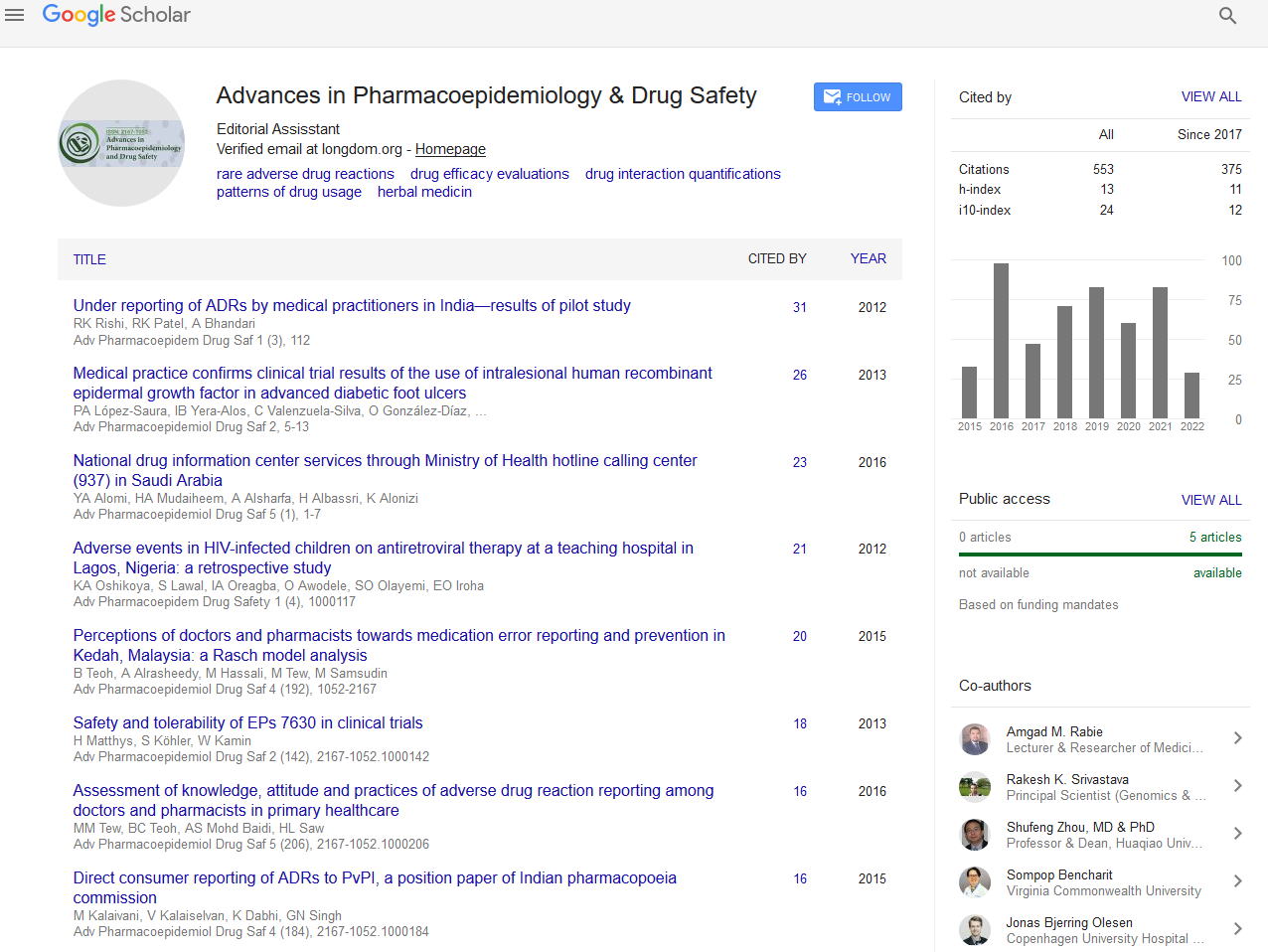Indexed In
- Open J Gate
- Genamics JournalSeek
- Academic Keys
- JournalTOCs
- RefSeek
- Hamdard University
- EBSCO A-Z
- SWB online catalog
- Publons
- Geneva Foundation for Medical Education and Research
- Euro Pub
- Google Scholar
Useful Links
Share This Page
Journal Flyer

Open Access Journals
- Agri and Aquaculture
- Biochemistry
- Bioinformatics & Systems Biology
- Business & Management
- Chemistry
- Clinical Sciences
- Engineering
- Food & Nutrition
- General Science
- Genetics & Molecular Biology
- Immunology & Microbiology
- Medical Sciences
- Neuroscience & Psychology
- Nursing & Health Care
- Pharmaceutical Sciences
Abstract
Fast Transmission Electron Microscope (TEM) Technique for Observing Isolated Mitochondria of Soybean (Glycine max (L.) Merr.) in about Six Hours
In his PhD thesis presented different studies designed to define methods for the study of the basic, intracellular mode of action of herbicides at very low doses, and to test these on two commercial herbicides simazine and bentazone, in soybean cell suspensions, consisting primarily of single cells with a few clumps.
To determine the progressive herbicidal damage of fine structure as dose increased a fast technique for TEM observations was developed. The technique is based on procedures already proved for human leukocytes and in animal tissue. This technique, presented here in detail, allowed to treat the single cells with the herbicides mentioned above for 40 minutes, fix, dehydrate, embed, and get the blocks ready for sectioning in about six hours. The same fast technique also allowed to observe the integrity of isolated soybean mitochondria previous to the citochrome c oxidase studies.
The great similarity existing among plant, human and animal mitochondria has being observed long time ago. It seems reasonable to think that the fast technique, mentioned above, to observe the soybean mitochondria, could be useful, once adapted, to study human and animal mitochondria, due to the great similarity among the mentioned organelles.


